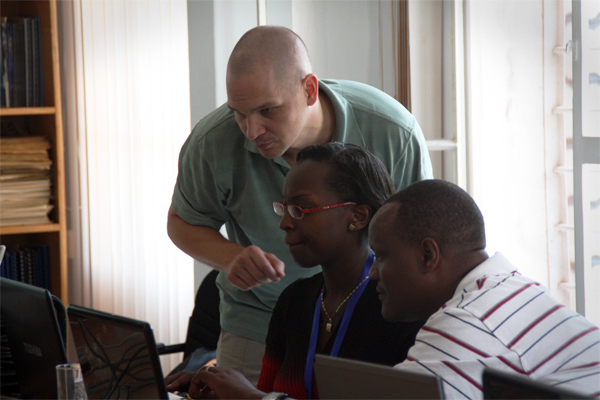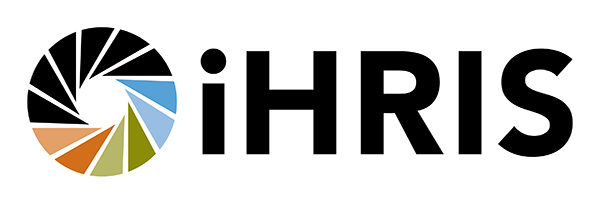New Profile Creates New Possibilities for Using Health Workforce Data
The potential for using health workforce data to improve access to quality health services just got greater.
Care Services Discovery, a profile of data standards and guidance for organizing and identifying health facilities, health care organizations, health workers, and health services, was recently published by Integrating the Healthcare Enterprise, a global initiative to improve the way health information systems share information. The initiative promotes the use of standards to address clinical needs and is making an effort to make sure these standards are useful and readily implementable in low-resource settings. That’s why CapacityPlus, through its work on an open health information exchange (OpenHIE) project in Rwanda, got involved. The OpenHIE community assured that the new profile will meet the needs of the Rwanda Health Information Exchange.
CapacityP lus’s Carl Leitner is one of the authors of the new profile. Leitner is also one of the main developers for iHRIS, software for managing and planning the health workforce. Using iHRIS as an example, he explains another reason the new profile is needed: “We have iHRIS Manage for managing employed health workers, and iHRIS Qualify for tracking the qualifications of health professionals who have completed training programs. Ministries of health, for instance, often want to look at reports that combine data from each. The Care Services Discovery profile defines clear ways to do this. By providing a common data model and way to exchange data, the profile makes it easier to access and merge health workforce data from various systems to provide a comprehensive view of the health workforce.”
lus’s Carl Leitner is one of the authors of the new profile. Leitner is also one of the main developers for iHRIS, software for managing and planning the health workforce. Using iHRIS as an example, he explains another reason the new profile is needed: “We have iHRIS Manage for managing employed health workers, and iHRIS Qualify for tracking the qualifications of health professionals who have completed training programs. Ministries of health, for instance, often want to look at reports that combine data from each. The Care Services Discovery profile defines clear ways to do this. By providing a common data model and way to exchange data, the profile makes it easier to access and merge health workforce data from various systems to provide a comprehensive view of the health workforce.”
In Rwanda, as part of the OPEN HIE work, CapacityPlus built a “provider registry” that contains information on health workers and their health facility and gives them access to patients’ clinical information. Now, says Leitner, that registry can be updated based on the Care Services Discovery profile, and then other countries can more easily adapt it for their needs.
“Data is just like traffic,” says Leitner. “When it follows lines and intersects at given points, it flows much better.” Leitner is particularly excited about how the new profile opens the door for patients to access health information. Mobile applications, like one used in Uganda to eliminate “quacks” from practicing without proper qualifications, will be easier to develop. Or someone in Rwanda could develop an application that pulls information from the provider registry and other systems, and a woman going into labor could use her phone to locate the nearest health facility, find out what services they provide, and their hours of operation. If another country is following the Care Services Discovery profile, such applications could be easily replicated.
And, adds Leitner, the new profile will create new opportunities for local consultants and the private sector. “If countries follow these standards, they can eliminate a lot of the time and resources they would normally spend on the system architecture (trying to figure out how to put everything together), which is something often done by external consultants,” he explains. “We are opening the doors for more local developers to access health-related data and use it in creative ways to improve health. With the new profile, we are discouraging the creation of a divide between health information systems deployed in the Global North and the Global South. They are put on equal footing.”
CapacityPlus’s lead partner, IntraHealth International, is a member of Integrating the Healthcare Enterprise, along with 540 other organizations dedicated to improving health information system interoperability. Other organizations are encouraged to join and contribute to data profiles and use cases.
This is a repost of a story originally published on the CapacityPlus blog. Photo by Rhonwyn Cornell (Carl Leitner with developers in Rwanda).
